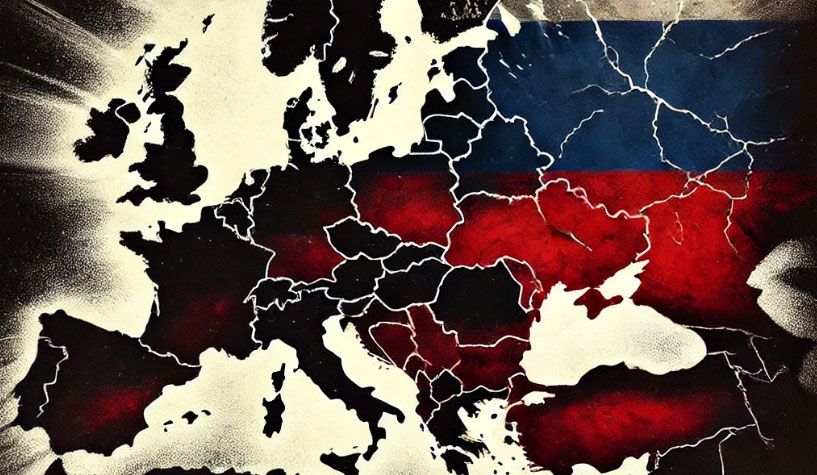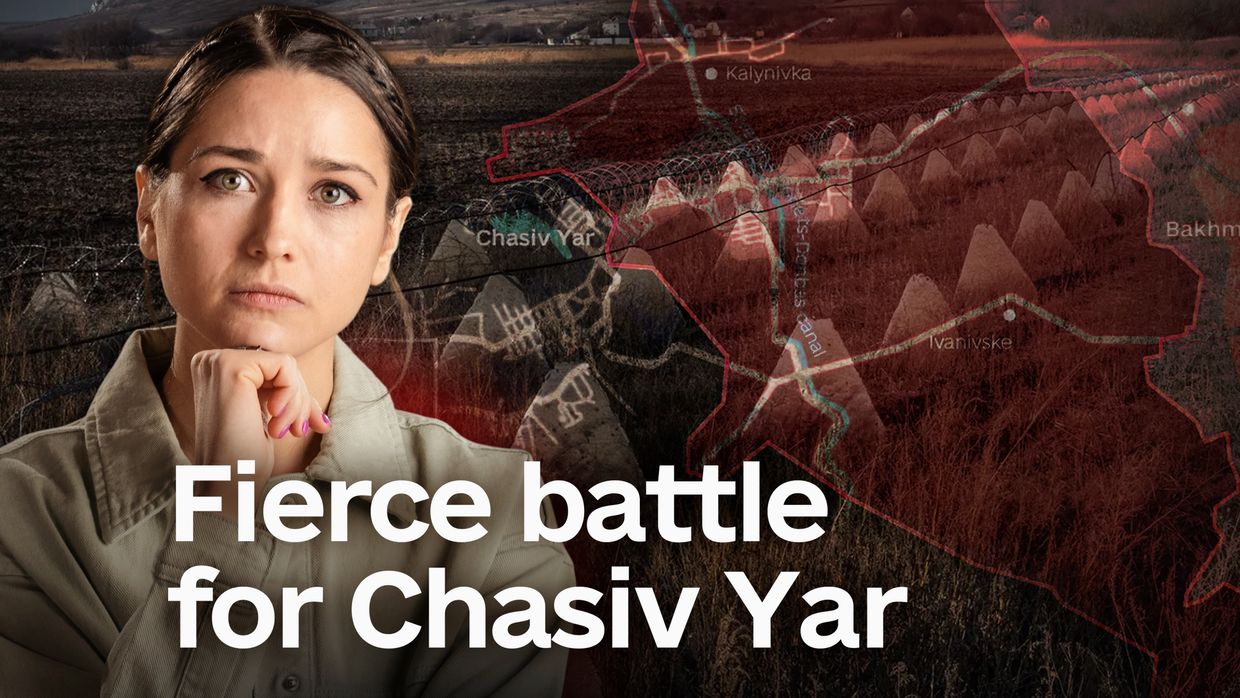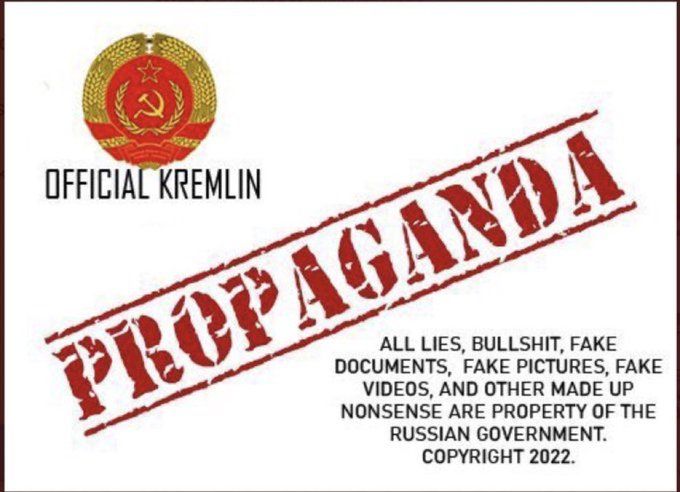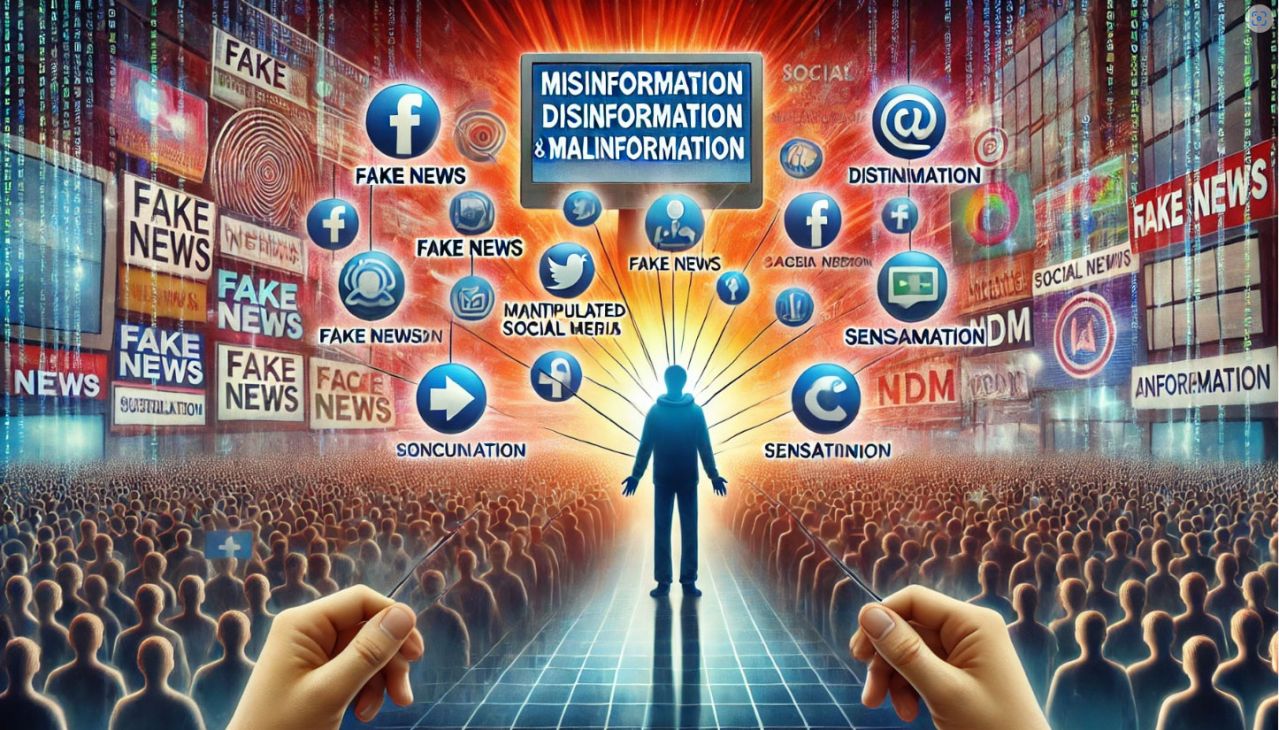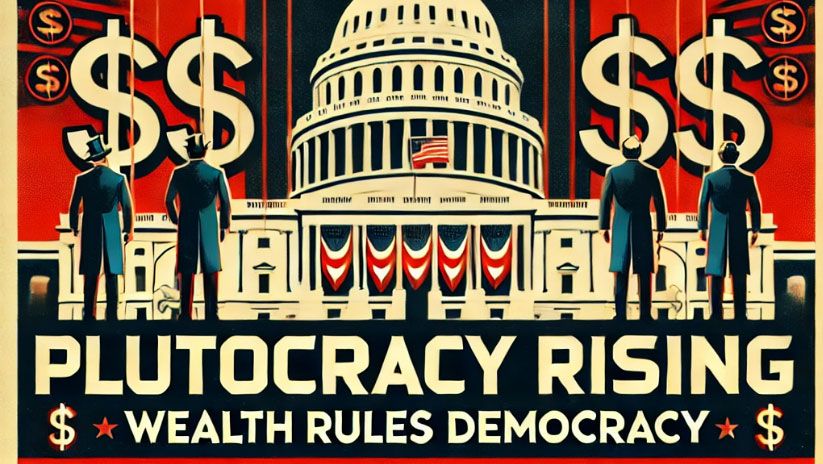Disinformation—the intentional spread of false or misleading information—has become a powerful tool in modern society, capable of destabilizing democracies, creating societal divisions, and influencing elections.
A study by Artur Kozłowski and Klaudia Skelnik, published in the Public Governance, Administration and Finances Law Review, explores the dangers of disinformation and how it systematically weakens consolidated democracies.
Their findings are a wake-up call for everyone, not just policymakers and academics, but ordinary citizens who may not realize how deeply disinformation affects their lives.
What the Study Says: How Disinformation Threatens Democracies
Kozłowski and Skelnik identify four primary areas where disinformation inflicts damage:
1. The State: Undermining Government Stability
Disinformation campaigns can erode public trust in governmental institutions, leading to political instability.
False narratives about election fraud, corruption, or state inefficiency create an environment where citizens become skeptical of their leaders and institutions.
A divided and distrustful public is easier to manipulate, making it harder for democratic governments to function effectively.
The study provides an example from the 2016 U.S. presidential election, where Russian-backed disinformation campaigns spread false narratives about voter fraud and government corruption.
These tactics fueled distrust in democratic institutions and led to widespread skepticism about the legitimacy of election outcomes.
Similarly, in Ukraine, disinformation has been used to sow division and weaken public confidence in governance by spreading false claims about national leadership being controlled by foreign interests.
2. Society: Fueling Division and Distrust
Disinformation exploits emotional triggers to deepen societal divisions.
The study highlights how fake news often targets controversial topics—race, immigration, and health crises—to polarize public opinion.
When people lose trust in their communities, media, and experts, they retreat into ideological echo chambers, reinforcing misinformation rather than challenging it.
One striking example from the study focuses on Germany, where fabricated reports about refugee crimes circulated widely in 2015 and 2016.
These false stories, which claimed that refugees were responsible for a surge in violent crime, led to heightened anti-immigrant sentiment and even influenced public policy discussions.
In reality, crime statistics showed no such increase linked to refugees, yet the disinformation campaign successfully stoked fear and division among citizens.
3. Politics: Manipulating Elections and Public Opinion
Kozłowski and Skelnik explain that political disinformation has been weaponized to influence elections.
Fake news stories, often spread via social media, have swayed public opinion on key issues, sometimes even altering the outcomes of major elections.
The use of bots, troll farms, and targeted advertising campaigns exacerbates this problem, allowing malicious actors to manipulate democratic processes.
A concrete example from the study is the 2017 French presidential election, where a coordinated disinformation campaign attempted to discredit candidate Emmanuel Macron.
Fake documents alleging financial misconduct were leaked just days before the election, aiming to damage his reputation.
Although fact-checkers quickly debunked the allegations, the false claims spread rapidly online and shaped public discourse.
The study emphasizes how such tactics are used to distort public perception, creating confusion and doubt.
4. The Law: Balancing Free Speech and Misinformation Control
One of the most challenging aspects of combating disinformation is preserving free speech while preventing the spread of harmful lies.
Over-regulation could lead to censorship, while under-regulation allows disinformation to flourish unchecked.
The study suggests that legal frameworks should focus on increasing transparency in media and social platforms rather than outright bans on content.
Kozłowski and Skelnik highlight how the European Union has taken a proactive approach through initiatives like the EU Code of Practice on Disinformation.
This voluntary framework encourages online platforms to self-regulate by identifying fake accounts, limiting the spread of false content, and improving fact-checking resources.
The study notes that while these measures have shown some success, more stringent policies might be necessary to ensure accountability without suppressing free speech.
The Fake News Ecosystem: Why It’s So Effective
Disinformation thrives because it exploits human psychology.
Studies show that people are more likely to believe and share information that aligns with their pre-existing beliefs, a phenomenon known as confirmation bias.
Additionally, emotionally charged content—fear, anger, and outrage—spreads much faster than factual news.
Social media platforms amplify this problem by prioritizing engagement over accuracy.
Algorithms designed to keep users hooked often promote sensationalized or misleading content, making it harder for truthful information to compete.
Kozłowski and Skelnik emphasize that disinformation isn’t just a random occurrence; it is often a deliberate, organized effort by state and non-state actors aiming to manipulate public perception.
Real-World Consequences: Why This Matters to You
Disinformation isn’t just a theoretical problem—it has real consequences. Consider these examples:
- Health Crises: During the COVID-19 pandemic, false claims about vaccines led to vaccine hesitancy, prolonging the global crisis and increasing death rates.
- Election Interference: Fake news stories have been used to suppress voter turnout, create distrust in electoral systems, and even incite violence.
- Economic Manipulation: False financial news can influence stock markets, causing unnecessary panic or artificial inflation.
Kozłowski and Skelnik warn that ignoring disinformation allows it to gain traction, making it even harder to reverse its effects once it spreads.
What Can Be Done? Fighting Back Against Disinformation
The study outlines several key steps individuals and institutions can take to combat disinformation:
For Individuals:
- Think Critically: Question the sources of information before sharing.
- Use Fact-Checking Tools: Websites like Snopes, FactCheck.org, and government fact-checking portals help verify information.
- Avoid Emotional Reactions: If a news story triggers a strong emotional response, pause and verify before believing or sharing it.
For Governments and Institutions:
- Increase Transparency: Require social media platforms to disclose political ad sponsors and limit the reach of bot-driven content.
- Educate the Public: Implement media literacy programs in schools to teach critical thinking skills.
- Strengthen Legal Frameworks: Introduce policies that hold media companies accountable without infringing on free speech rights.
A Call to Action
Disinformation is a growing threat that we cannot afford to ignore.
It affects elections, societal trust, public health, and even economic stability.
The study by Kozłowski and Skelnik provides valuable insights into how this problem manifests and what can be done to mitigate it.
Each of us has a role to play.
By staying informed, questioning sources, and promoting accurate information, we can help safeguard democracy from the corrosive effects of disinformation.
Turning a blind eye won’t make the problem go away—only active resistance will.
Sources & Further Reading
- Original Study: Disinformation as a Tool Aimed at Weakening Consolidated Democracies
- European Commission Reports on Disinformation: EC Publications
- Fact-Checking Resources: Snopes, FactCheck.org
- Books on the Topic:
- Fake News, Falsehood, Fabrication and Fantasy in Journalism – Brian McNair
- The Misinformation Age: How False Beliefs Spread – Cailin O’Connor & James Owen Weatherall
Did you learned something new today? Do you enjoy my work?
Keep it going for just $2! 🎉
Grab a membership, buy me a coffee, or support via PayPal or GoFundMe. Every bit helps! 🙌🔥
BMAC:https://buymeacoffee.com/nafoforum/membership
PP: https://www.paypal.com/donate/?hosted_button_id=STDDZAF88ZRNL
GoFundMe: https://www.gofundme.com/f/support-disinformation-education-public-education-forum



